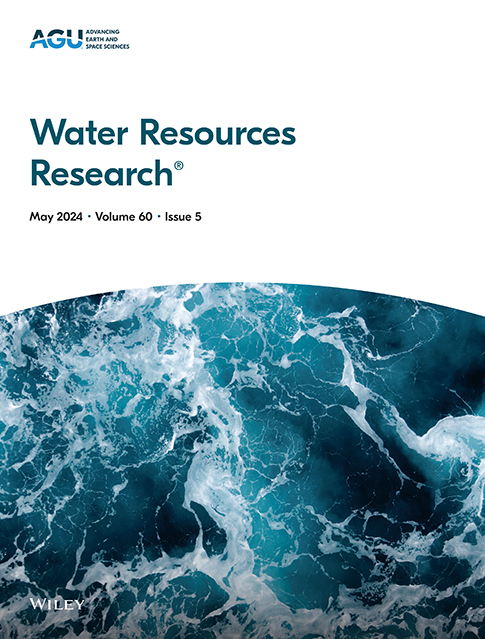Impacts of Bioenergy Crop Cultivation on Regional Climate, Hydrology, and Water Quality in the U.S. Northern High Plains
IF 4.6
1区 地球科学
Q2 ENVIRONMENTAL SCIENCES
引用次数: 0
Abstract
The cultivation of bioenergy feedstocks, such as miscanthus, or energycane, on marginal lands helps alleviate the competition between food and fuel. However, such land use conversion could lead to complex interactions among climate, vegetation, and water resources, resulting in positive or negative environmental impacts. In this study, we used the Climate-Weather Research and Forecasting (CWRF) model to simulate the feedback from growing bioenergy crops on marginal lands to regional climate for the present and future scenarios and used the Soil and Water Assessment Tool (SWAT) to evaluate the climate and land use change impacts on the hydrological cycle and water quality in the U.S. Northern High Plains Aquifer region. CWRF projects a wetter and cooler regional climate by considering climate-crop feedback as compared to a control scenario (no land use change and climate feedback), highlighting the importance of land-atmosphere interactions in regional climate assessment. Our watershed-scale assessment shows that although growing miscanthus increases local evapotranspiration and decreases surface runoff, soil moisture, and percolation on marginal lands, watershed-scale streamflow substantially increases during the growing season in both present and future conditions due to increases in regional precipitation. The differences in the extent of marginal land use change between the Platte (4%) and Republican (20%) river basins result in different responses in streamflow and nitrogen loading. Overall, our study highlights the importance of assessing the regional climate-crop feedback and environmental quality impacts of using marginal lands for future sustainable bioenergy production.求助全文
约1分钟内获得全文
求助全文
来源期刊

Water Resources Research
环境科学-湖沼学
CiteScore
8.80
自引率
13.00%
发文量
599
审稿时长
3.5 months
期刊介绍:
Water Resources Research (WRR) is an interdisciplinary journal that focuses on hydrology and water resources. It publishes original research in the natural and social sciences of water. It emphasizes the role of water in the Earth system, including physical, chemical, biological, and ecological processes in water resources research and management, including social, policy, and public health implications. It encompasses observational, experimental, theoretical, analytical, numerical, and data-driven approaches that advance the science of water and its management. Submissions are evaluated for their novelty, accuracy, significance, and broader implications of the findings.
 求助内容:
求助内容: 应助结果提醒方式:
应助结果提醒方式:


